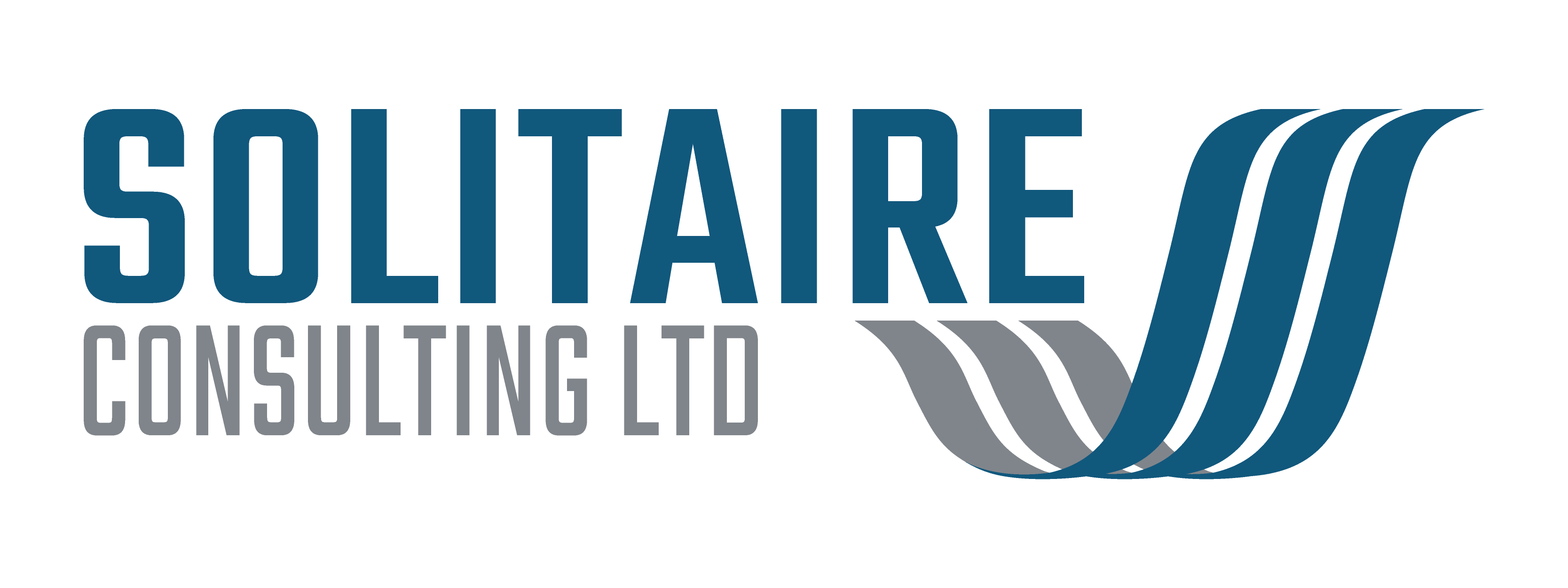It’s January and you’ve got the whole year ahead of you. If your financial year matches the calendar year then you’ve also got a full budget to spend – which due to last year’s careful planning should be mostly allocated already. You will also have an agreed delivery strategy supported by business cases on how you are going to spend the budget and deliver your priority projects.
It is at this point that things can start to go wrong. Whilst you may have the budget and the high level plans, you probably don’t have the necessary resources to deliver against the plan. In preparing the business cases you may also have assumed that your projects were going to be delivered by ‘free’ internal staff, not taking into account the lost opportunity cost of taking them away from their day jobs. You may also have erred on the side of optimism to ensure the business cases were approved. Maybe you omitted contingency or didn’t allow for inflationary increases in vendor costs.
Now in the cold light of day, towards the end of January, you are starting to realise that all is not well. Your internal project resources are already strained to breaking point due to other non-strategic projects that are demanding attention. Your colleagues on the senior management team also can’t spare any of their staff to anything that is outside BAU (business as usual), but expect you to deliver all the business benefit they are expecting. (After all isn’t that why they supported you in gaining agreement for an internal change team?)
The smart senior managers will know that the only way they are going to succeed is to bring in some external expertise to help deliver the most important projects. Yes, this will have a cost and it may mean that some projects have to drop off the list because there just isn’t enough budget to do them all. The alternative is to have projects fail or not get completed because there hasn’t been enough time spent on them.
However, before you rush out to bring in a team of expensive consultants, spend some time thinking about the best way to deliver your project portfolio*. Ask yourself the following questions:
- How well planned is our project portfolio? Would you be better investing time in carrying out a critical overview of the portfolio to understand any assumptions and dependencies between potential projects? This could influence the order that projects are delivered.
- Does my project portfolio include all projects or just a subset of them? It is important that you include any project that is not BAU that is going to absorb resources (staff or budget).
- How many projects am I likely to have running at any one time? The more projects you have the more important it is to have a structure and process for managing them. It may be better to devote some time and energy to solving this problem before resourcing your projects. Without the structure of a PMO (Project Management Office) you will struggle to identify problem projects or fail to see trends across the portfolio. This doesn’t need to be complex and could be as simple as a spreadsheet.
- How should I best use the mix of internal and external resources? Having taken the decision to bring in additional resource you need to think how best to deploy it. Use your own staff where in-house knowledge is required. Often an external consultant will be more objective and can supplement gaps in experience or skills of your in-house team.
In addition to just filling a resource gap, external project delivery resources can bring many other benefits:
- We bring a fresh perspective to your problems through wider experience and having seen similar problems on other projects;
- We can hold all project stakeholders to account equally, which doesn’t often happen with internal staff;
- We are focused purely on the delivery of your projects and won’t get distracted by internal politics, ‘game playing’ or our career prospects;
- We are measured on our ability to deliver your project and not on other internal performance measures; and, most importantly,
- We will tell you what you need to hear, not what we think you want to hear! By bringing discipline, order and structure to your project we will keep you informed of progress and ensure there are no surprises.
If you’ve not considered using external project delivery resources then maybe this year could be different?
I can assist you in planning how you will implement your portfolio in addition to taking on the execution of specific projects or programmes. I also have available a number of other self-employed consultants and analysts. Some are looking for full time assignments whilst others, like me, have availability for part-time assignments. In my experience, many projects can be managed using a consultant project manager for a couple of days a week on a flexible basis.
If this has given you food for thought and you’d like to discuss further, then give me a call or drop me an email/message.
* A project portfolio is a set of programmes, projects and sub-projects managed together to achieve an organisation’s strategic objectives. Defining a portfolio allows an organisation to gain an overall perspective of their current and future projects and prioritise those projects that are most likely to help them achieve their strategy as quickly as possible.





